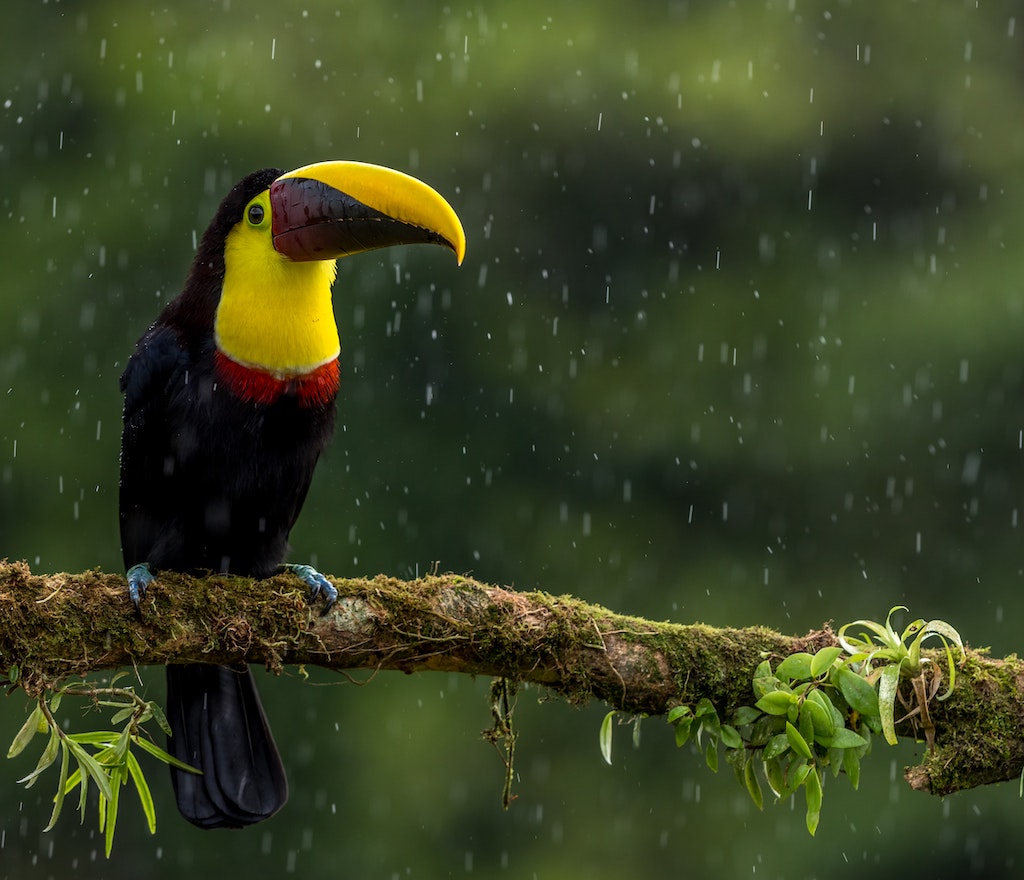Mass Extinction Threat Worse Than Previously Thought, New Research Finds
2 Mins Read
New research says our understanding of endangered species is limited, and some species may face greater extinction risks than previously thought.
Conservation statuses for nearly 8,000 species with limited population data show a grim reality, according to research published in Communications Biology. More than half of those species likely face extinction, according to the researchers.
The findings
The study was led by Jan Borgelt, a doctoral candidate in industrial ecology at the Norwegian University of Science and Technology. He says things could be “much worse than we actually realize.”

Borgelt and his team looked at the available data on 7,699 species across the globe and compared it to data from the International Union for Conservation of Nature (IUCN) Red List of Threatened Species. That database currently categorizes extinction risks for more than 147,000 species. But, as many as 20 percent of species across plants, animals, and fungi, are data deficient, the researchers note.
This means a true assessment of their survival potential is difficult. For policymakers and scientists to best prioritize and act on conservation efforts, this data is crucial.
Data can be limited for a number of reasons including habitat or cryptic or hidden species—where animals can appear identical but are genetically distinct.
Extinction risks
Borgelt and his team say their model projections show more than half of the data deficient species face extinction. And some groups are more threatened than others; 85 percent of amphibians such as the Sierra Miahuatlan spikethumb frog, which the researchers say faces a 95 percent extinction risk; 62 percent of insects; 61 percent of mammals, including the newly recognized Rice’s whale; and 59 percent of reptiles are at risk.
In total, they looked at 21 taxonomic groups, which Borgelt says is still “a tiny fraction of what exists in the world.”

The findings also point to regional risks with Central Africa, southern Asia, and Madagascar at highest risk for species’ loss.
Among the most alarming findings is that data-deficient species may be more at risk of extinction than those with known conservation statuses, the researchers note.
The research team says they believe their predictions are accurate. Following the research, the IUCN updated the Red List including 123 species that had been listed as data deficient. Seventy-five percent of those wound up matching predictions made by Borgelt’s team.




